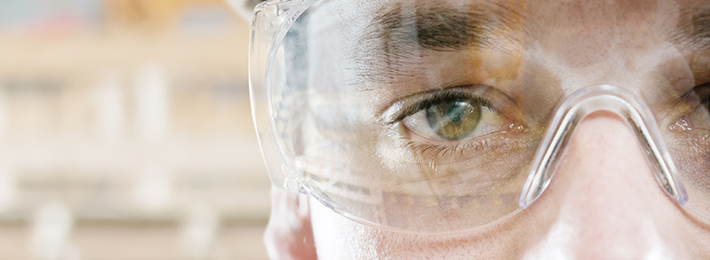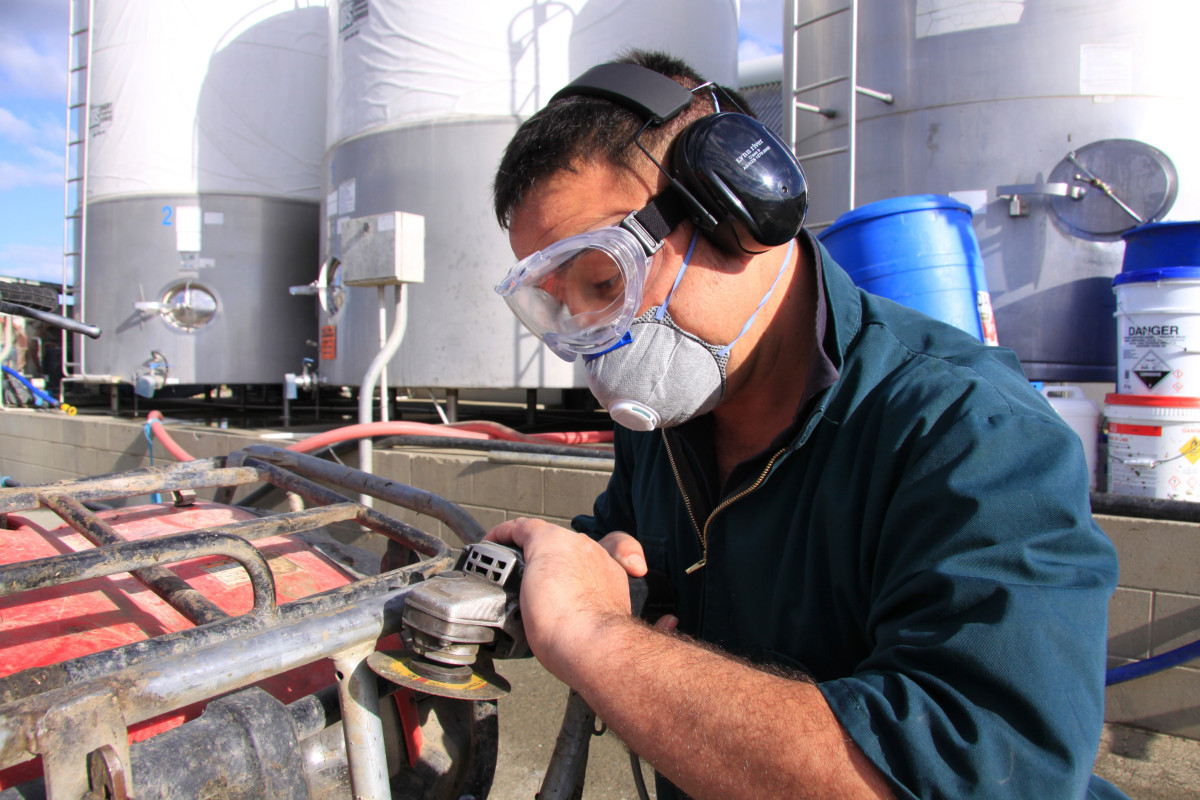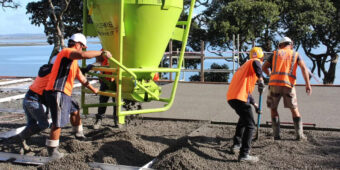Use it or lose it
06 Oct 2015, Builders business, Business Tips, Featured, Prove Your Know How, Safety

Eye injuries are common among those working in construction – they can cost a lot both in terms of lost time and income, and the very personal cost of being blinded for life
Between July 2014 and June 2015, there were 7,177 eye-related injury claims lodged with ACC that occurred in commercial, industrial and service sites. The total cost of these injuries was $2.6 million.
Eye protection and how we’re using it
Eye protection falls into the personal protective equipment (PPE) category, alongside steel-capped boots, hi-vis clothing, earmuffs and hard hats.
The two major reasons workers experience eye injuries on the job are because they are not wearing eye protection, or are wearing protection inappropriate for the job.
Some of the common reasons given for not wearing eye protection, include:
- “I forgot” or “I lost them”.
- The worker feels or thinks they look silly wearing certain types of eye protection.
- The lenses are scratched, dirty, fog up, or are unserviceable.
- The eye protection doesn’t fit properly.
- The worker gets a headache from wearing eye protection.
- The worker normally wears prescription glasses and didn’t have suitable ‘over glasses’ available.
What are the hazards?
To make the correct decision as to what type of protective eyewear should be worn, you need a thorough understanding of the potential hazards in each workplace.
The key hazards are:
- Biological (hepatitis, HIV etc) from blood or other bodily fluids.
- Chemicals (splashes, fumes).
- Projectiles (concrete, metal, wood and other objects, such as staples, nails or shards of broken material).
- Radiation (visible light, ultraviolet radiation, heat, or infrared radiation and lasers).
Selecting the right gear
Once you’ve identified the hazards, you can make the right choice from the range of safety eyewear available. Sometimes, you might need more than one kind.
- Non-prescription and prescription safety glasses – these can look a lot like normal glasses or sunglasses, but are tougher, and designed to protect the eye from a range of hazards. Safety glasses are generally better for protecting from projectile hazards and radiation such as UV sunlight.
- Safety goggles – these provide
the same protection as glasses, but with better protection for chemical or biological hazards. - Face shields – good for high impact projectile protection and for workers exposed to chemicals, heat and biological pathogens.
- Helmets – best for use near hazardous radiation, such as welding, and when grinding or working with molten metals.
Making it easy
Here are three simple steps that can ensure the safety of everyone’s sight onsite:
- Conduct a risk assessment –
find out what hazards exist on your work site. - Provide the right protective equipment for the various tasks
– make sure they fit each worker comfortably. - Make wearing eye protection compulsory
– this really works!
Register to earn LBP Points Sign in



